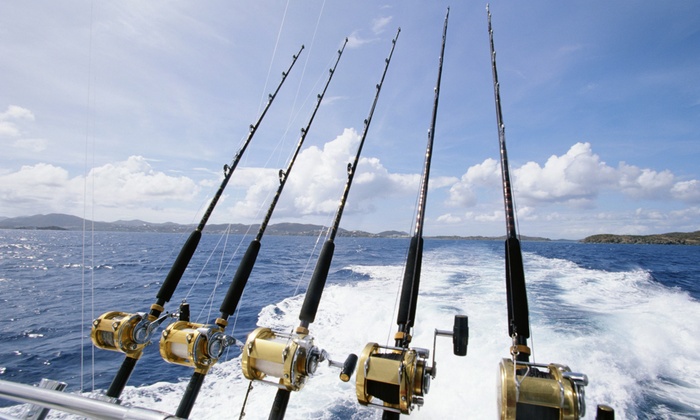


Bluefin tuna (Thunnus thynnus) spinning is one of the coolest and most exciting sea fishing specialties of modern times. It can be practiced anywhere in the open sea, on the condition you have a boat, preferably a fisherman. In other words. A seaworthy, stable, safe boat with good fishing equipment, safe circulation on board, unencumbered spaces in the cockpit and comfortable supports.
The engine, too, is fundamental: it must be reliable, because bluefin tuna spinning often requires a certain distance from the coast; it must be powerful and with a good torque, because, as we will see later, acceleration and speed are very important; it must also be fuel-efficient in order to ensure good autonomy.
The best fishing spots can be found in Italy, along the Adriatic Coast, in the waters of Marche, in the Tyrrhenian and Sicilian Sea, where tuna has been caught for years with traditional techniques, such as trolling and drifting. If you are poorly experienced, we recommend to be accompanied by an expert because tuna is the strongest fish of our seas and it can be very difficult to catch it.
Moreover, we recommend to practice the catch and release technique because bluefin tuna is a protected species of fish – its catch is limited, normally allowed for 15 weeks a year only, from July to September, a period that can vary depending on the achievement of pre-established amounts – so that our grandchildren can also enjoy fishing for this wonderful prey! In addition, the regulations always require the release of specimens under 115 centimeters in length or 30 kilos in weight. The hope of anyone, however, is to catch the big fish but there is little hope of catching when such a fish exceeds a quintal. Up to 60-70 kg with a bit of practice the tuna is within reach, then the more weight increases and the lower the chances of winning the challenge, it’s like trying to fight a panzer with foil.
The frenzy of seagulls on the water is always the best signal to detect the bluefin tuna’s food, but sometimes you should not trust the seagulls too much and you must observe the surface of the sea with the utmost attention, possibly wearing a hat with a visor and polarized sunglasses, to have a clearer perception of the water, without reflections, so that you can find even at a distance the presence of schools of blue fish, of which the bluefin tuna is predator. Once the tuna have been found, they must be approached as quickly as possible and, as we mentionend above, the engine must be highly performing: every second lost in reaching the fish reduces the chances of being able to undermine it, because as suddenly appeared on the horizon the tuna can just as quickly disappear returning to the abyss. Spinning, on the other hand, takes place on the surface of the water or just below it, simulating with artificial bait what the bluefin tuna likes: sardines, anchovies, garfish, etc.. Another recommendation is to stop the boat in the vicinity of the prey, so that once the engine is turned off, the hull stops a few dozen meters from the tuna or its food, thus avoiding scaring him and making him escape. You have to be quick, but not frantic. It’s better not to drop the artificial bait in the middle of chumming but rather at its edges, paying attention to the movements of the tuna in order to anticipate it with an adequate recovery speed.
Let’s talk about the equipment.
Everything must be calibrated according to power of tuna, a fish that fights with bestial force. Rod, reel and line must be equally powerful. When dealing with such extreme fishing techniques as tuna spinning, every component of the equipment must be maniacally selected. Details, in this case, really make the difference.
A couple of tricks for beginners
First of all, use a split ring/solid ring combination to connect the artificial bait to the line, so that the bait can be replaced more quickly. You don’t have to be frantic and constantly change the bait, but it’s also true that changing the bait from time to time is a good rule. Then we suggest to set the artificial bait with a single for a more effective caught. Finally, try also unconventional artificial baits, such as silicone ones. Particular attention should be paid to the connection between braided and nylon wires. Let’s discard the Tony Pena, a well-known knot, easy to make and with a good but not excellent hold as necessary. Certainly the safest connection is the one that is made through a spooler and that takes the name Pr Knot. For the dynamics of making this binding we refer you to a simple web search.